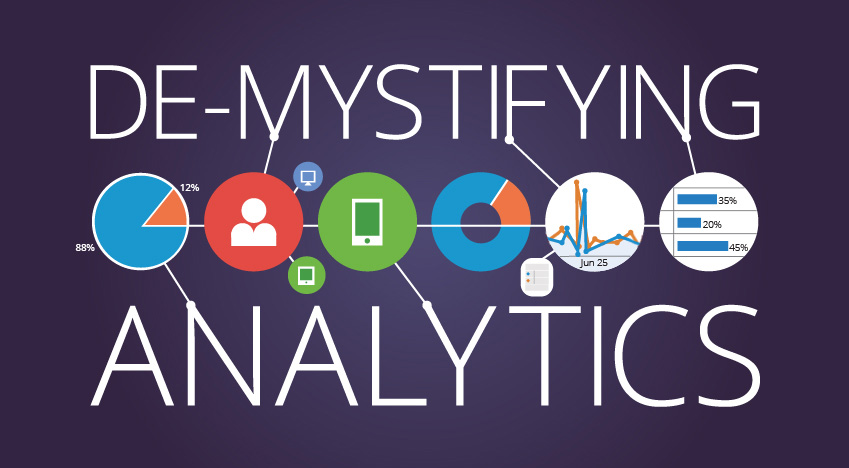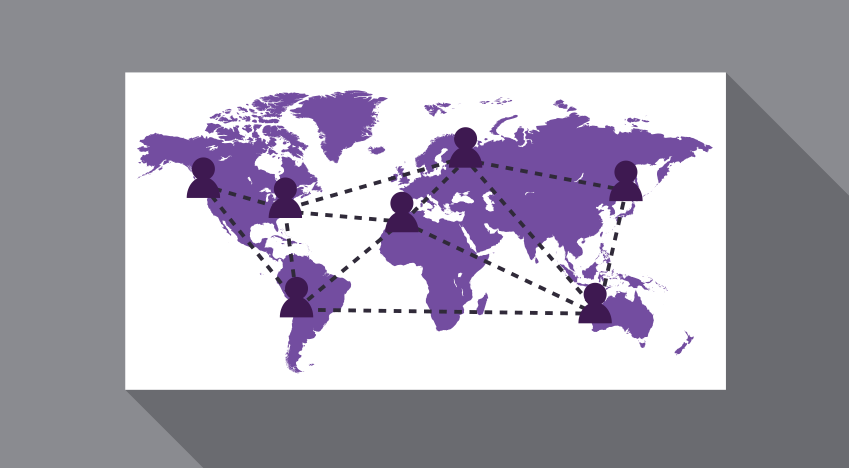Experience Mapping for 2014
Today’s multi-screen, multi-touchpoint world has fundamentally altered our lifestyles. But has it altered the methods you use to understand your customers’ experiences? It should.
Customer Journeys Then and Now
Back when digital marketing was about creating websites that users cozied up to at their desktop computers, sitemaps and flowcharts were effective ways to visualize the user experience and understand what information the user would need and how they would access it. The digital experience was just a piece of the purchase funnel, where a customer might do some online research about a product or service before calling a friend for recommendations and then making a purchase at a bricks-and-mortar store.
But now that digital is all-pervasive, user expectations and habits have changed; people assume they can use any device, anytime and anywhere, to get what information they need – it had better be seamless – and we expect more information than ever. The entire customer journey is digital – from research to social proof to purchase to writing a review to ongoing advocacy and engaging customer service, if necessary.
What this means for marketers is that, while we still use sitemaps, flowcharts and audience personas as effective tools in planning a digital experience, we also need to fully understand the big picture. For each customer journey we want to support, we need to be aware what people are doing, thinking, and feeling at each stage of the process and identify which major touchpoints will be digital. Here at Hanson, we call this mapping the connected customer experience, and over the past year we’ve ramped up our focus on the additional contexts affected by this shift.
Why You Should Do It
Mapping the customer experience (or journey mapping as some call it) isn’t a new concept (Adaptive Path’s Guide to Mapping Experiences or Chris Risdon’s Mapping the Experience Slideshare are excellent resources if you want a refresher, a first look, or a detailed education). But it’s more important than ever before for brands to do this exercise. Why?
Because it reveals potential gaps and opportunities for improvement at every stage of the customer journey – and it offers a way to get your whole company on the same page. Even if you can’t build every digital touchpoint at once, this exercise allows you to identify the final vision and develop the most effective roadmap for getting there. Everyone whose work interacts with your customers needs to be thinking and working together about the way in which people use digital today.
Experience Mapping for 2014
The prominent facets of the experience mapping process are what we expect the customer is thinking, feeling, and doing at each stage of the journey. But in today’s always-connected world, there’s now a lot more to consider. So while there are various ways to do this and various formats for the output, even the most “down and dirty” mapping exercise should also include the following contexts:
- Who: Identify the customer. Is it a teenager? Adult purchasing for self? Parent purchasing for family? A team or group? You should probably be making a map for each type of person, as they think and work differently.
- Stage: Consider each stage of the customer’s journey. Is the current stage awareness? Interest? Planning/Researching? Selection? Purchase? Support? Loyalty? Think about the mental commitment or attention a person is giving you, depending on their sense of “importance” of their need.
- Life Activity: People use digital tools to for all sorts of activities. For the experience you are planning, what is the user doing? Self expression? Discovery? Preparation? Managing? Shopping? Social? “Me time?” Think how this might affect their interaction with you – for example, a teen shopper might be looking for signals of brand stewardship, or an adult managing their health might expect a lot of detail. (Keep in mind how generations approach digital differently.)
- Time: What is the length of the purchase cycle? The longer the cycle, the more you need to be able to engage and reconnect. And is the customer engaging in this activity during the day? Night? Weekdays? Weekends? Are they just giving you partial attention?
- Place: Another important context is the location of each part of the experience. Is it home? Work or school? Public? While traveling? In store? This might affect the information they are willing to provide, and how long they expect to be interacting with you.
- Device: Finally, think about the type of device the customer is using at every touchpoint. Is it a small screen, medium screen or large screen? Is it a public screen (like a kiosk)? This certainly affects how much your experience needs to fit the physical context of the display.
Consideration of these contexts helps us better understand the customer’s journey. And a better understanding of their journey allows us to better respond to their perceived needs and desires, offering them a better connected experience – no matter where or when or how they interact with the brand.





